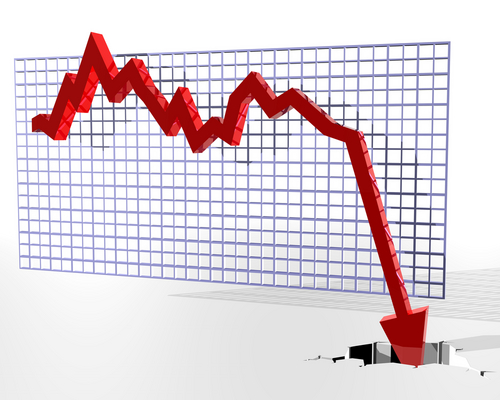After months of near-horizontal movement, the official interbank foreign currency exchange rate for the Zimbabwean has started to show movement. Just this morning (18 March 2020) the currency slid close to 22% against the US dollar, from ZWL$18.4 to ZWL$23.49. The move comes as no surprise after the announcement of moves last week that were determined to make the interbank market both more transparent and functional at least in theory.
One of the highlights of the many ideas announced put forward last week was the electronic tracking system based on the Reuters system that would allow real-time updating of the interbank rate with effective tracking of trades across the nation. To achieve this all banks would be connected to the system and all bureaux de change would process their transactions through banks to allow capture of all transactions.
After being informed the system would start the next day (Thursday 12 March) many were disappointed that no action had been seen that suggested any change to the interbank market. Admittedly I was preparing an article asking where the Reuters system is but had decided to wait until at least a week had passed before asking such questions. There was a rumour circulating that the Finance Minister and Reserve Bank Governor may have been less than honest about just how much the banks were willing to work with the new regulations.
In all fairness to banks and BDC when the floating of the Zimbabwean dollar was announced in February 2019 the banks were ready to bid aggressively for foreign currency and quickly became market makers before the Reserve Bank of Zimbabwe stepped in to shut them down. So one can quickly understand why banks would not be willing to enter another floating arrangement without clarity on how the terms were different.

To understand the gravity of the depreciation on the interbank market, to match the 22% depreciation we have experienced this morning one would have to look back 6 months to 20 September from the 18.4 recorded yesterday. Easily the biggest single-day movement on the interbank market. The system was announced with a morning and afternoon price fix so we should expect to see an update in the afternoon which will likely continue the trend.
It will take a little more than a day to see how well the new system and the cocktail of measures announced with it will take effect. Adjusting rates and transparency is all well and good but will this translate to improved supply and distribution of foreign currency which, lest we forget, are our real problems.








